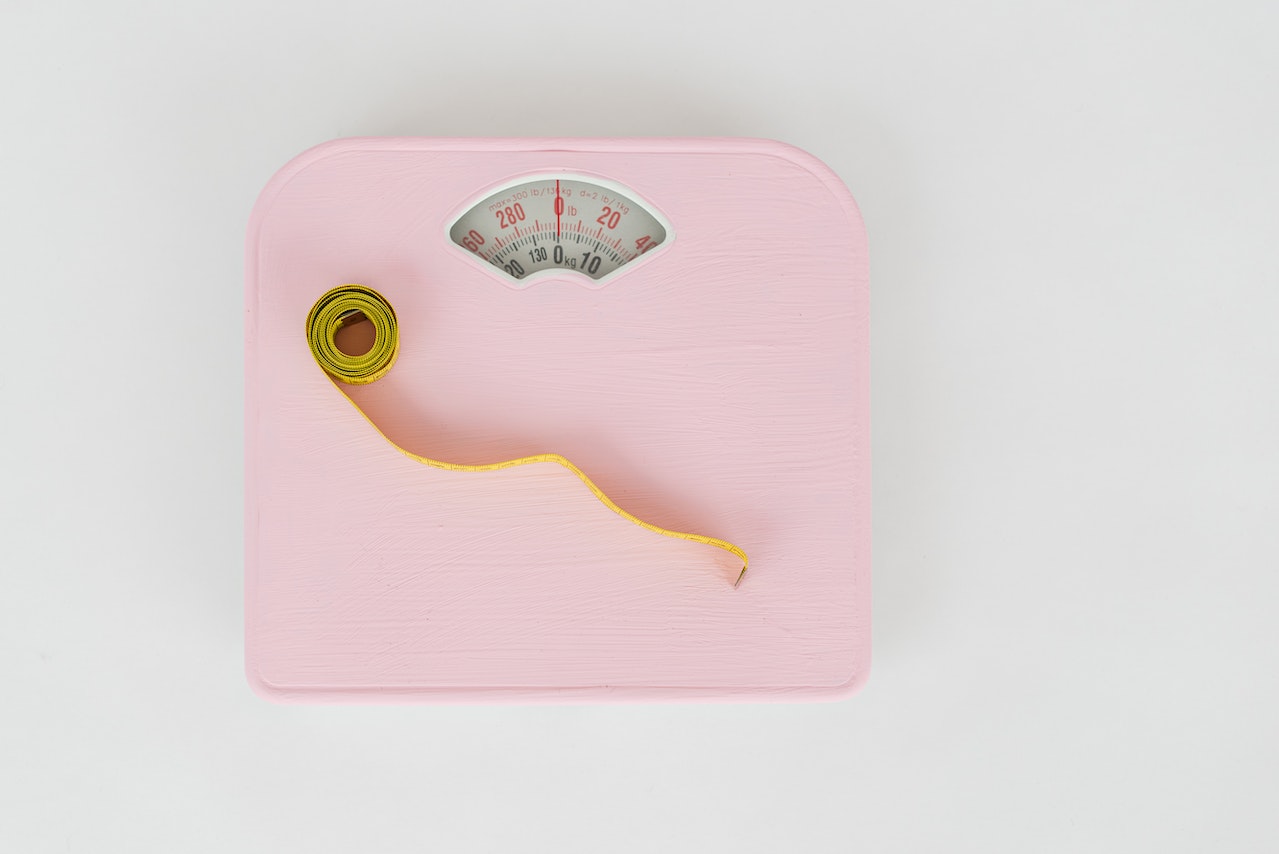There are many different units of measurement used around the world, reflecting the diverse cultures, histories, and traditions of different societies. Some units of measurement are unique to specific regions or countries, while others are more widely recognized and used.
In this article, we will explore some of the different units of measurement used around the world.
Asia
In many Asian countries, weight is measured in units such as the catty or tael. The catty is a unit of weight used in China, Hong Kong, and Southeast Asia, and is equivalent to around 1.33 pounds (600 grams). The tael is a unit of weight used in China, Taiwan, and Southeast Asia, and is equivalent to around 1.3 ounces (37 grams).
In Japan, traditional units of measurement include the shaku, a unit of length equivalent to around 30 centimeters, and the kan, a unit of weight equivalent to around 3.75 kilograms.
Africa
In many African countries, weight is measured in units such as the pound or the kilogram. However, there are also many traditional units of measurement that are still used in some areas.
For example, in Ethiopia, the weight of coffee is often measured in terms of the buna, which is equivalent to around 1.3 kilograms. In South Africa, the rixdollar was a unit of currency that was also used as a unit of weight for gold and silver, with one rixdollar being equivalent to around 0.18 ounces (5.1 grams).
Europe
In Europe, there are many different units of measurement that are used, reflecting the diverse histories and cultures of the continent.
In the United Kingdom, the imperial system of measurement is still used, which includes units such as the inch, foot, yard, and mile for length, and the ounce, pound, and stone for weight. In France, the metric system is used, and units such as the centimeter, meter, and kilometer for length, and the gram and kilogram for weight, are commonly used.
In addition to these standard units of measurement, there are also many traditional units that are still used in some areas. For example, in Scotland, the ell was a unit of length used for measuring cloth, and was equivalent to around 45 inches (114 centimeters).
North America
In the United States and Canada, the imperial system of measurement is still used, which includes units such as the inch, foot, yard, and mile for length, and the ounce, pound, and ton for weight.
However, there has been increasing interest in the metric system of measurement in North America, with many industries and scientific fields using metric units exclusively. In Canada, the metric system is used for most purposes, including road signs, and all products must be labeled in both metric and imperial units.
South America
In South America, there is a mix of different systems of measurement used, reflecting the diverse cultural and historical influences on the continent.
In Brazil, the metric system is used for most purposes, but there are also some traditional units of measurement that are still used, such as the vara, a unit of length equivalent to around 2.5 meters.
In Peru, the traditional unit of measurement for length is the vara, which is equivalent to around 0.84 meters. In addition, the libra is a unit of weight used in many South American countries, which is equivalent to around 0.46 kilograms.
Oceania
In Australia and New Zealand, the metric system of measurement is used for most purposes, including road signs, packaging, and labeling. However, there are also some traditional units of measurement that are still used in some areas.
For example, in New Zealand, the acre is still used as a unit of land measurement in some rural areas, and is equivalent to around 0.4 hectares. In addition, the fathom is a unit of length used in fishing, which is equivalent to around 1.8 meters.
In some Pacific Island nations, there are also traditional units of measurement that are still used. For example, in Fiji, the kava bowl is a traditional unit of volume used for measuring the amount of kava, a traditional drink made from the root of the kava plant.
Other Units of Measurement
In addition to these regional units of measurement, there are also some units that are used globally, regardless of cultural or regional differences. These include:
• The meter, a unit of length that is defined as the distance traveled by light in a vacuum in 1/299,792,458 seconds.
• The kilogram, a unit of mass that is defined as the mass of a particular cylinder of platinum-iridium alloy that is kept at the International Bureau of Weights and Measures.
• The second, a unit of time that is defined as the duration of 9,192,631,770 periods of the radiation corresponding to the transition between the two hyperfine levels of the ground state of the caesium-133 atom.
• The mole, a unit of amount of substance that is defined as the amount of a substance that contains as many elementary entities (atoms, molecules, ions, etc.) as there are atoms in 12 grams of carbon-12.
Does Anyone Know All Units of Measurement?
It is highly unlikely that any one person knows all units of measurement used across the world. There are simply too many units, with new ones being developed all the time, and the diversity of cultures and societies means that there is a wide variety of units used in different regions and contexts. While experts in fields such as metrology and international standardization may have a broad understanding of many different units, even they are unlikely to know every unit used across the world.

There are many different units of measurement used around the world, reflecting the diverse cultures, histories, and traditions of different societies. While there are some units that are used globally, such as the meter and kilogram, there are also many regional and traditional units that are still used in different parts of the world. Understanding and being able to convert between different units of measurement is important for many industries and professions, and can help facilitate communication and cooperation between people from different cultural and linguistic backgrounds.


